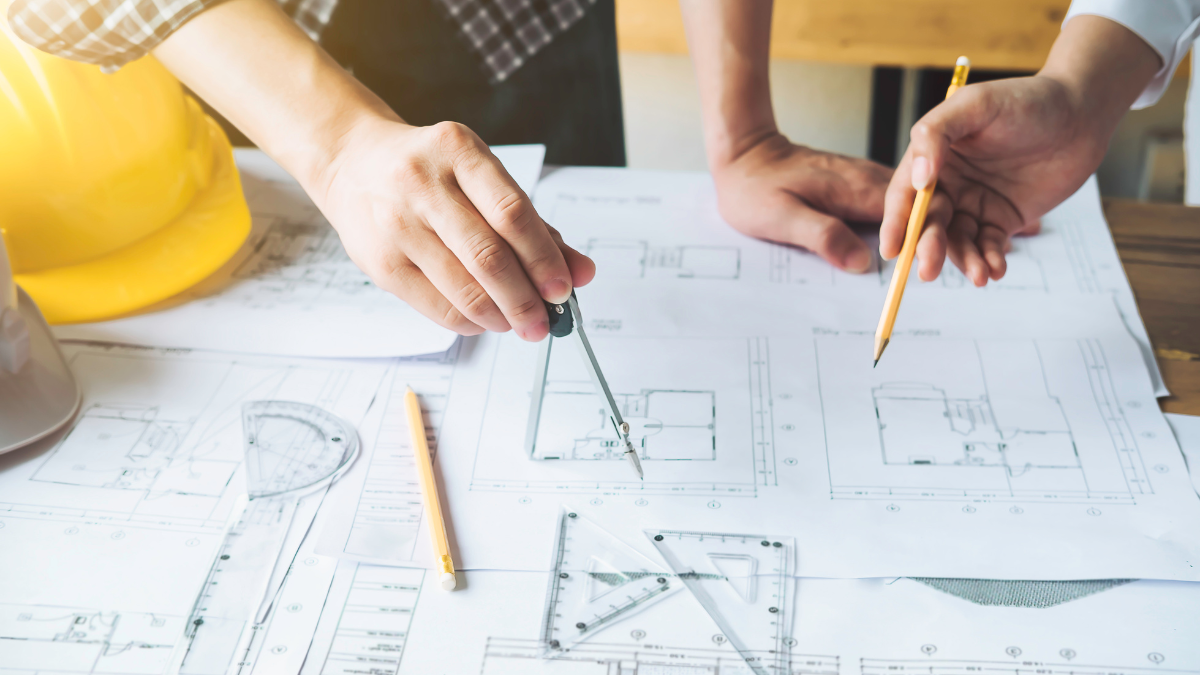
What are external development charges?
May 6, 2023 . Home Buying Insights . 10 min readWhen buying a property, there are numerous factors that need to be considered before making a final decision. One of the key factors that can significantly impact your investment is External Development Charges (EDC). While EDC may not be the first thing that comes to mind when purchasing a property, it is a crucial aspect of real estate investment that can have far-reaching implications. Whether you are a seasoned investor or a first-time homebuyer, understanding EDC and how it is calculated can help you make informed decisions and avoid any surprises later on.
In this blog, we will provide you with a comprehensive guide to EDC, covering everything from its meaning to its implications, and how it differs from other charges.
Understanding external development charges
The term “External Development Charges” (EDC) refers to the charges that are paid by real estate builders to the municipal authorities for the creation and maintenance of civic facilities that are included in a real estate project. As per the guidelines set by the Real Estate (Regulation and Development) Act (RERA), 2016, EDC is utilised for the development of essential infrastructure such as roads, water and electricity supply, drainage and sewage systems, waste management, landscaping, and other similar projects that benefit the entire project. Although the civic authorities determine the charges, the ultimate responsibility of payment lies with the homebuyer, as the developer generally transfers the cost to them. EDC is calculated based on the size of the project and can add up to 15-20 percent of the total project cost for the homebuyers.
External development charges Vs. Internal development charges
External Development Charges (EDC) and Infrastructure Development Charges (IDC) are two distinct fees collected in real estate development. EDC is a fee paid by developers to cover the cost of developing amenities within a specific project, while IDC is a government-collected fee that funds larger infrastructure projects across the state, such as highways, bridges, and transportation systems, that promote socio-economic growth.
EDC is primarily focused on developing essential amenities such as roads, water and electricity supply, landscaping, drainage and sewage systems, waste management, and other similar projects within a specific real estate project. The charges for EDC and IDC vary depending on the location and type of project. For example, in Gurgaon, Haryana, EDC and IDC charges differ based on the potential of the area, with varying fees for hyper, high, medium, and low-potential zones.
What amount does the buyer have to pay?
The amount that a homebuyer pays towards External Development Charges (EDC) varies based on the size of the apartment. Typically, a homebuyer needs to pay around 10 percent of the base cost of the apartment towards EDC. The EDC is paid by the developer and is based on the total amount of land and construction at the time permits are issued.
For instance, the most recent changes to the collection of EDC from realtors in Gurgaon stipulate that 20% of EDC will be recovered upon issuance of the change of land-use permit, 40% upon approval of the construction plan, and the remaining 40% prior to authorization of the occupancy certificate.
Developers usually mention the details of EDC and Infrastructure Development Charges (IDC) in the price list. The charges for EDC and IDC differ based on the location, so buyers should seek details regarding the prevalent rates in their area from the developer.
What are the consequences of not paying EDC?
If the developer is late in paying the External Development Charges, a penalty will be assessed and the developer will be responsible for paying it. The penalty amount cannot be passed on to the buyers of the project under any circumstances. It is the responsibility of the developer to ensure that the payment of EDC is made on time, as per the terms and conditions laid out by the municipal authorities. In case the developer doesn’t do so within the stipulated time period, it can lead to legal action against the developer, which can result in delay or cancellation of the project.
How to figure out the EDC of your project
To calculate the External Development Charges (EDC) for your project, you need to have a fair idea about the Floor Area Ratio (FAR) applicable in your area. FAR is the ratio of the building’s total floor area to the entire plot area on which the structure is constructed. Once you know the FAR for your area, you can calculate the maximum permissible size for development of the building based on the total area of the plot. For example, if the FAR for a project is three, and the total area of the plot is 1,000 sq ft, the maximum permissible size for development of the building would be 3,000 sq ft (FAR x Plot area).
After determining the permissible area for development, you can calculate the EDC rate per sq ft by dividing the applicable EDC rate per acre by the total permissible area. However, it is important to note that EDC rates vary across locations and the type of project. Therefore, it is advisable to stay updated on the current FAR and EDC rates applicable in your area.
While the Department of Town and Country Planning (DTCP) has established a formula to enable the consistent calculation of EDC, you as a buyer should also make use of RTI wherever it is necessary to gain a clear picture of the EDC costs that are relevant to your project.
Conclusion
External Development Charges play a significant role in the real estate sector, as they provide for the development of civic amenities within the project and are crucial for the overall development of the area. As a homebuyer, it is important to understand the concept of EDC and IDC, as well as the rates applicable in your area to make informed decisions.
If you are a homebuyer looking to purchase a property in India, HomeCapital’s Down Payment Assistance (DPA) Program can help you manage the upfront cost of buying a home. As India’s first DPA program, HomeCapital provides interest-free assistance to eligible buyers, making the home buying process more accessible.



